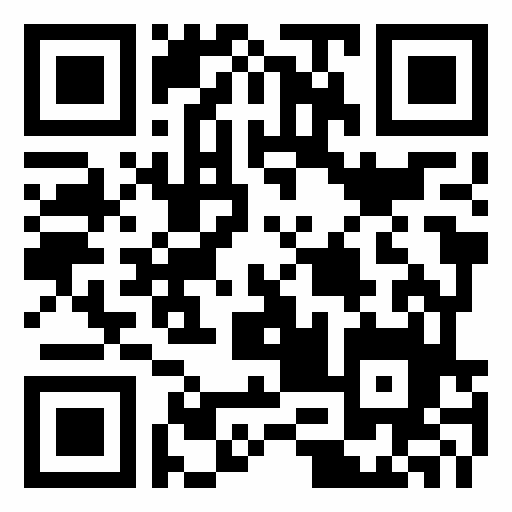The Effect of Sahrmann’s Exercises On Lumbo-Pelvic Motor Control in Chronic Low Back Pain Patients with Rotation-Extension Syndrome
Download PDF
Narges Jahantigh Akbari1, Mohammad Hosseinifar2*, Asghar Akbari3, Fateme Ghiasi2, Ahmad Reza AskaryAshtiani2
Abstract
Objective and background: Musculoskeletal disorders such as low back pain are associated with impaired lumbo-pelvic motor control. The objective of this study was to investigate the effect of Sahrmann exercises on lumbo-pelvic motor control in chronic low back pain patients with rotation-extension syndrome.
Materials and Methods: In this randomized controlled single-blind clinical trial, 30 chronic low back pain patients with rotation-extension syndrome were selected using available sampling method and they were randomly assigned to two groups of control group and Sahrmann exercises group. Treatment program in Sahrmann exercises group was based on Sahrmann method and in the control group; it included ultrasound, TENS (Transcutaneous Electrical Nerve Stimulation), hot pack. Lumbo-pelvic motor control were measured by pressure biofeedback unit before and after treatment. Treatment for both groups was performed for 4 weeks 3 times per week. To analyze the data, independent t-test and paired t-test were used.
Results: In Sahrmann exercises group lumbo-pelvic motor control reduced from 87/10±06/71 to 47/8±00/61 (p = 0/00). In the control group, reduced from 84/5±13/70 to 59/9±93/61 (p = 0/00). No significant difference was found between the two groups (P>0.05).
Conclusion: Significant difference was not found between Sahrmann exercises and control groups in terms of the impact on lumbo-pelvic motor control.
